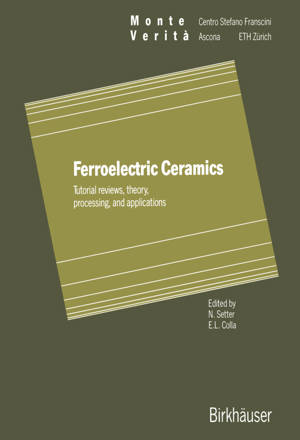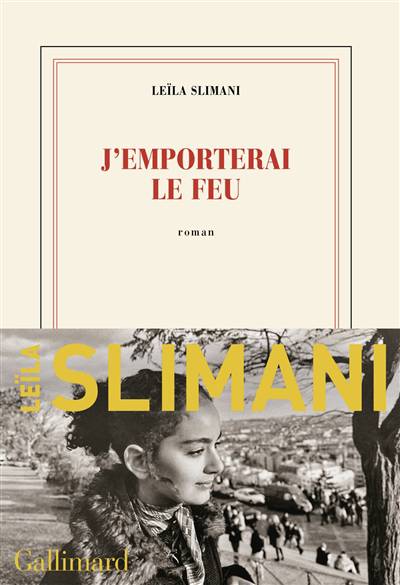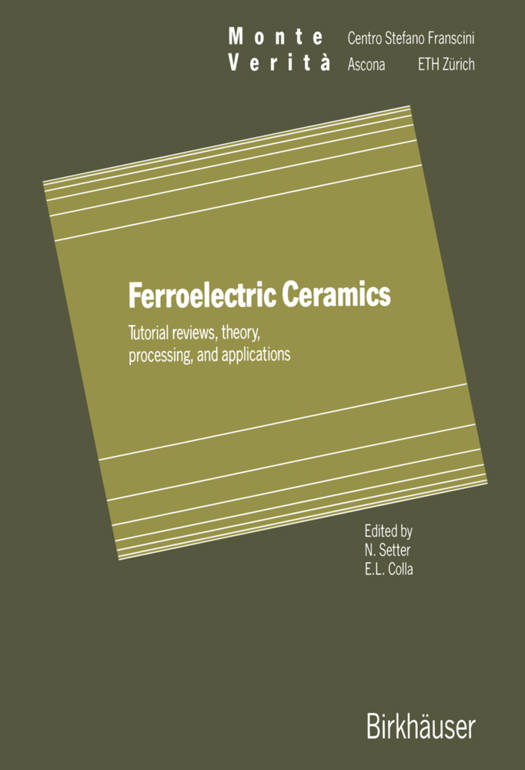
- Retrait gratuit dans votre magasin Club
- 7.000.000 titres dans notre catalogue
- Payer en toute sécurité
- Toujours un magasin près de chez vous
- Retrait gratuit dans votre magasin Club
- 7.000.000 titres dans notre catalogue
- Payer en toute sécurité
- Toujours un magasin près de chez vous
Ferroelectric Ceramics
Tutorial Reviews, Theory, Processing, and Applications
52,95 €
+ 105 points
Description
One of the fascinating aspects of the field of ferroelectric ceramics is its interdisciplinary nature. This aspect is also a source of difficulty for the people working in the field. In a successful team of ferroelectricians the physics theoretician must understand the sintering technologist, the electrical engineer has to communicate with the crystallographer, the organic chemist will interact with the microelectronics engineer, the electron microscopist should collaborate with the systems engineer. It was the purpose of the summer school on ferroelectric ceramics that took place at the Centro Stefano Franscini (ETHZ), Monte VeritA, Ascona, Switzerland, in September 1991 to help to build bridges between people from the different disciplines and to draw for them, in the form of tutorial lectures, some of the different facets of ferroelectrics. The book is a written version of this summer school. It contains the following subjects: ferroelectric materials, physics of ferroelectrics, thin films, processing of ferroelectrics and their applications. It represents a cross section of topics of current interest. Materials are presented (L. E. Cross) from the point of view of the user, i. e. the tailoring of materials for specific applications. Two reviews address the important topic of ferroelectric domains and domain walls (I. Fousek and H. Schmid). In the part devoted to theory, three subjects of current interest are presented: phase transition in thin films (D. R. Tilley), weak ferroelectrics (A. K. Tagantsev) and dielectric losses (A. K. Tagantsev).
Spécifications
Parties prenantes
- Editeur:
Contenu
- Nombre de pages :
- 383
- Langue:
- Anglais
- Collection :
Caractéristiques
- EAN:
- 9783034875530
- Date de parution :
- 14-06-12
- Format:
- Livre broché
- Format numérique:
- Trade paperback (VS)
- Dimensions :
- 170 mm x 244 mm
- Poids :
- 621 g






